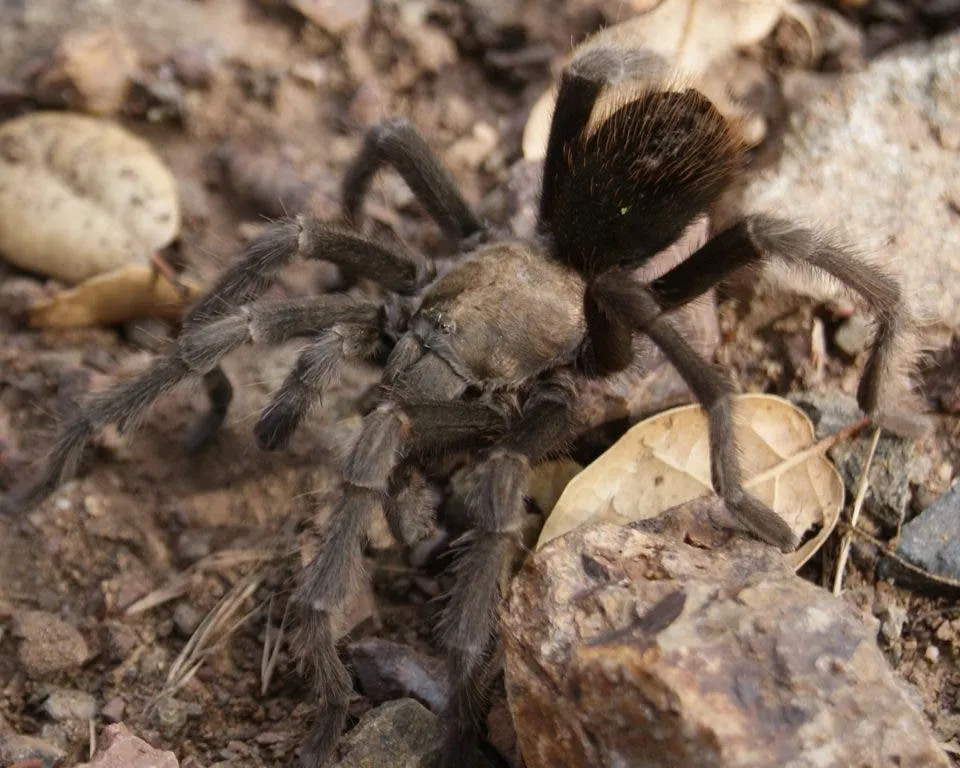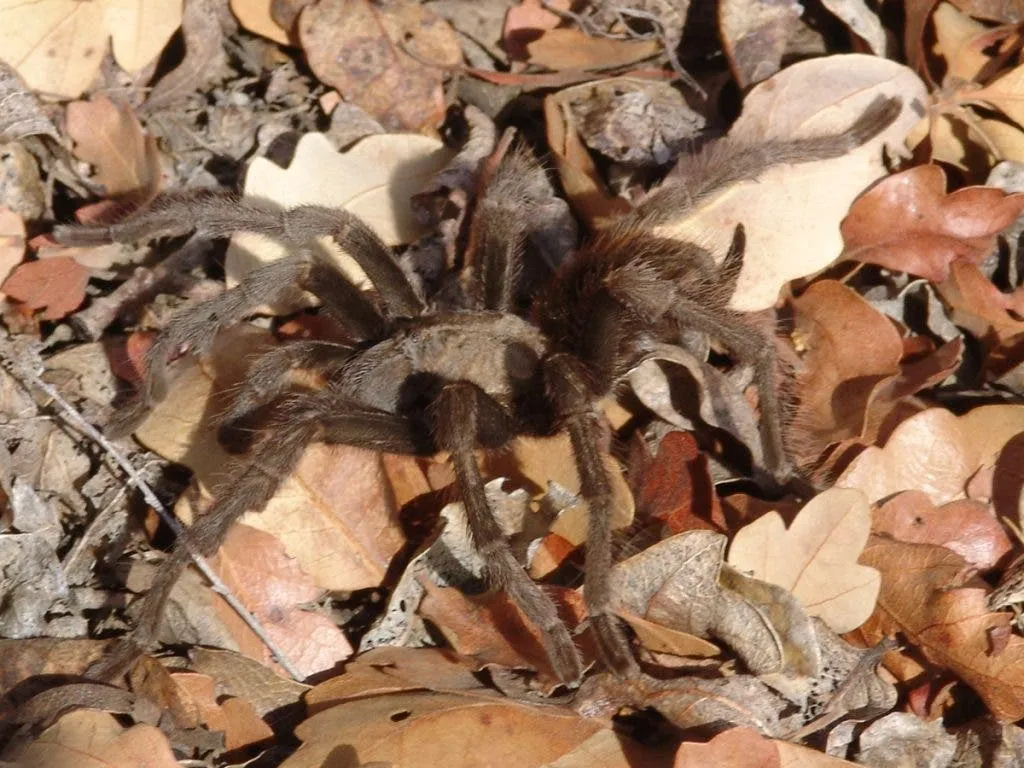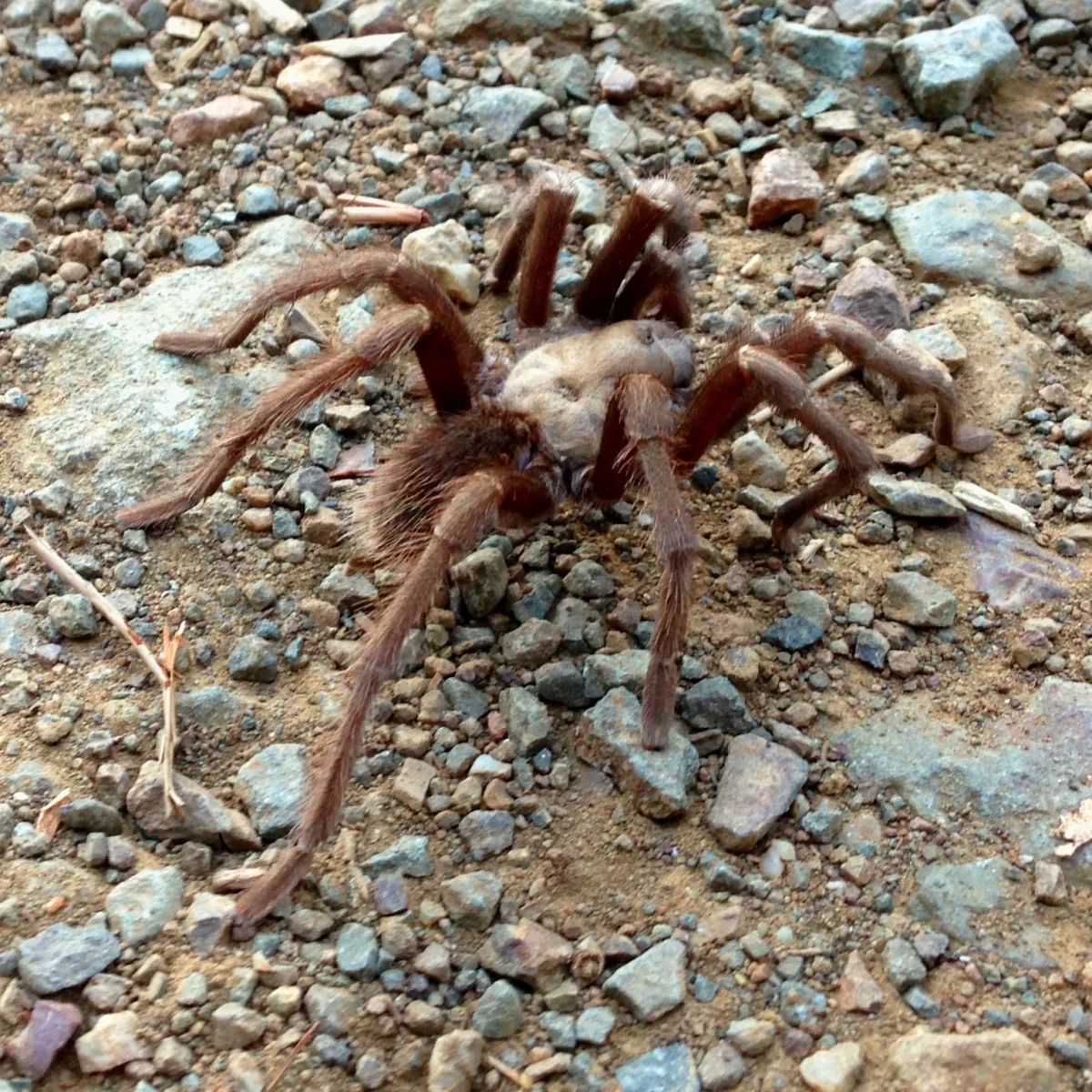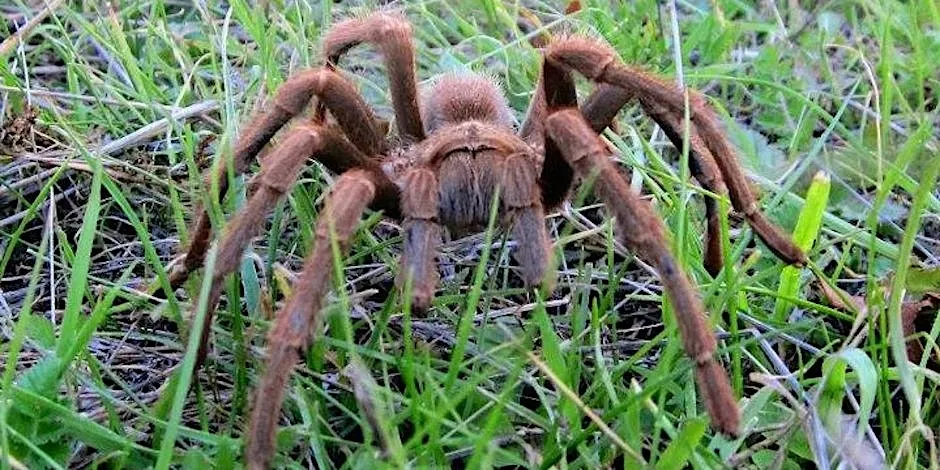What is the Tarantula Migration at Mount Diablo?
The Mount Diablo State Park, a haven for diverse wildlife, becomes the stage for a remarkable natural phenomenon every fall the tarantula migration. This spectacle involves thousands of male tarantulas embarking on a journey across the park’s rugged terrain. Their sole purpose is to find a mate. This isn’t just a casual stroll; it’s a determined trek, driven by instinct, across trails, roads, and open spaces. Witnessing this migration offers a rare glimpse into the intricate lives of these often-misunderstood creatures. The migration usually takes place from late September through October, making it a perfect time for nature enthusiasts to observe the unique spider behavior and appreciate the beauty of Mount Diablo.
The Prime Season for Tarantula Migration
The peak season to witness the tarantula migration at Mount Diablo is typically from late September to October. During this period, the male tarantulas become most active, driven by their biological clocks. The cooler temperatures and increased humidity of autumn create ideal conditions, prompting them to leave their burrows and begin their search. This period is the best time to observe the males, as they are actively seeking mates. The females remain in their burrows. It’s a relatively short window of opportunity, so planning a visit during these weeks increases your chances of witnessing this captivating event. It is a testament to the cycle of life, played out in the heart of California’s natural beauty.
Ideal Timing to Witness the Migration

For the best viewing experience, consider visiting Mount Diablo during the late afternoon and early evening hours. The tarantulas are most active during these cooler parts of the day, making it easier to spot them as they traverse the trails. Also, the soft golden light of late afternoon adds an extra layer of beauty to the spectacle. On warmer days, tarantulas might be seen earlier in the day, too. Therefore, keeping an eye on the weather conditions can also help you time your visit. Additionally, remember to bring a flashlight or headlamp for the return trip, as trails can be dark after sunset. As always, remember to practice Leave No Trace principles during your visit.
Behavioral Patterns of Tarantulas During Migration
During the tarantula migration, the males exhibit distinct behavioral patterns. They leave their burrows and begin their search for receptive females. These males, which have reached maturity, are easily identified by their relentless wandering, often traversing considerable distances. They use their sensory organs to detect female pheromones, guiding them towards potential mates. The males are particularly vulnerable during this time, as they are less cautious and focused on finding a mate. Their journeys can be slow and steady, or they may quickly dart across the paths. Sometimes they may be seen trying to climb the rock or obstacles to get to their destination. Watching their behavior is a fascinating study in animal instinct and the drive to reproduce.
The Migration Route of Tarantulas
The migration route of the tarantulas at Mount Diablo typically involves the males moving from the higher elevations where they have been living to the lower elevations, where the females reside. The specific paths they take can vary, depending on factors like weather, the terrain, and the location of female burrows. They tend to follow trails, roads, and other open areas, trying to make their journey as efficiently as possible. The park’s varied topography influences the route, with the spiders navigating around obstacles, and sometimes even trying to climb across rocks or through vegetation. Some are lucky, while others will not find the female spiders. Observing the tarantulas along their routes is a great way to see this natural phenomenon.
Why Tarantulas Migrate at Mount Diablo?

The primary reason for the tarantula migration at Mount Diablo is reproduction. Male tarantulas, after reaching maturity, leave their burrows in search of a mate. This journey is driven by a strong biological imperative to reproduce and pass on their genes. The females, on the other hand, remain in their burrows, waiting for a male to find them. The migration allows the males to disperse and find females, thus preventing inbreeding and ensuring the continuation of the tarantula population. This annual event is a vital part of their life cycle, triggered by the seasonal changes and hormonal shifts. It’s a delicate process, and the survival of the species depends on its success.
Mating Rituals and Reproduction
The mating rituals of tarantulas are fascinating to observe. When a male finds a female, he cautiously approaches her, often tapping his legs on her burrow to signal his intentions. If the female is receptive, she will emerge, and the mating process begins. The male uses specialized structures called pedipalps to deposit sperm into the female. After mating, the male typically leaves, as the female might consider him a food source. The female then lays her eggs in a silk sac, which she guards until they hatch. The entire process, from the migration to the laying of eggs, is a demonstration of the intricacies of animal behavior and the drive to ensure the continuation of the species. The whole cycle is incredible to witness.
Environmental Factors Influencing the Migration
Several environmental factors influence the timing and intensity of the tarantula migration at Mount Diablo. Temperature is a key factor; the migration usually occurs in the fall when temperatures are cooler. Humidity also plays a role, as tarantulas prefer moister conditions. Rainfall can influence the timing as well, with the spiders often emerging after a rain. The availability of prey and the overall health of the ecosystem also play a role in the tarantulas’ behavior. Changes in these environmental factors can affect when the migration starts, its duration, and the number of tarantulas participating. Understanding these influences is crucial for predicting and appreciating this natural phenomenon and protecting the tarantula population.
Top 5 Fascinating Facts About Tarantula Migration

Fact 1 The sheer scale of the migration
Thousands of tarantulas participate in the annual migration at Mount Diablo. The sheer number of spiders embarking on their journey is a remarkable sight. This mass movement showcases the reproductive drive of the species, as nearly all mature males take part. Seeing this multitude of tarantulas moving across the landscape underscores the population’s health. The scale of the migration also highlights the importance of Mount Diablo as a habitat, providing enough resources and space for these spiders. The magnitude of the migration truly is a natural wonder.
Fact 2 Male Tarantulas Searching For Mates
During the migration, male tarantulas are singularly focused on finding a mate. They travel tirelessly, often covering considerable distances in search of a receptive female. Their behavior is driven by instinct, and their persistence is a testament to the strength of their reproductive drive. Males will use pheromones to detect the presence of females. This single-mindedness makes them particularly vulnerable, as they are less cautious and more exposed to predators. Observing these males as they search for females is a remarkable view.
Fact 3 Tarantula’s Silk Trails

Tarantulas often leave a silk trail as they move. This silk can provide them with a sense of direction and allows them to track their progress. You can spot a thin, almost invisible strand of silk across the path or the ground. It is more visible when dew or sunlight hits it. The silk also serves as a safety line, preventing the tarantula from falling. By following these trails, it is easier to track the spiders and witness their movement across Mount Diablo. This aspect of their migration adds another fascinating layer to the spectacle.
Fact 4 The Role of Mount Diablo’s Habitat
Mount Diablo’s diverse habitat is crucial for supporting the tarantula migration. The varied terrain, vegetation, and climate create the perfect conditions for these spiders to thrive. The park provides ample space for burrows, suitable environments for mating, and a rich ecosystem that supports the tarantulas’ food source. Without the habitat, the migration wouldn’t be possible. The preservation of Mount Diablo’s natural environment is critical to ensuring that the tarantula migration continues to thrive and to witness this natural wonder.
Fact 5 The duration of migration
The tarantula migration at Mount Diablo typically lasts for several weeks, from late September to October. The duration can vary depending on environmental factors, such as temperature and rainfall. During this period, it is possible to witness the migration on any given day. This relatively short window makes the phenomenon even more special and emphasizes the importance of visiting the park during the peak season. Observing the migration over multiple days allows you to see the different stages of the spiders’ journey.
Tips for Observing the Tarantula Migration at Mount Diablo

Best Locations for Observation
Certain areas within Mount Diablo State Park are known hotspots for tarantula sightings during the migration. Popular trails include the Mitchell Canyon Road, the Summit Trail, and the trails around the Juniper Campground. The best way to find these locations is to consult park maps and information from the park rangers or visitors. Always be mindful of your surroundings and keep an eye out for tarantulas on the trails and roads. Parking areas, such as those near the visitor center, can also be great places to spot them, especially during the evening hours. Exploring these locations increases your chances of witnessing this spectacle.
Safety Measures and Guidelines
When observing the tarantula migration, safety is paramount. It is crucial to keep a safe distance from the tarantulas, which are generally harmless but can bite if threatened. Do not try to handle or touch them. Avoid walking through tall grass or dense vegetation, as this is where they are most likely to be. It is also important to watch where you step, as tarantulas may be on the trails or roads. Always follow park guidelines, stay on marked trails, and be mindful of other visitors. By following these safety tips, you can enjoy the migration safely and responsibly.
How to Photograph the Tarantulas

Photographing tarantulas during the migration can be a rewarding experience. When taking pictures, it is important to use a camera with a good macro lens to capture the intricate details of these spiders. Try to get down low to the tarantula’s level for a more intimate perspective. Ensure you have enough light, and consider using a tripod to prevent blurriness, especially in low-light conditions. Patience is critical; tarantulas are often slow-moving, allowing you to take your time and capture great shots. Remember to respect the tarantulas and their habitat, and avoid disturbing them while taking pictures. Also, be careful not to step on them or their burrows.
Conservation Efforts for Tarantulas at Mount Diablo
Various conservation efforts are in place to protect tarantulas at Mount Diablo State Park. These efforts focus on habitat preservation, education, and responsible visitor practices. The park rangers and volunteers work to maintain the natural environment, ensuring the spiders have a healthy and suitable habitat. They also provide educational programs to raise awareness about the tarantula migration and the importance of protecting these creatures. Visitors are encouraged to stay on marked trails, avoid disturbing the tarantulas, and report any issues. By supporting these conservation efforts, you can help ensure that the tarantula migration continues for generations to come.
